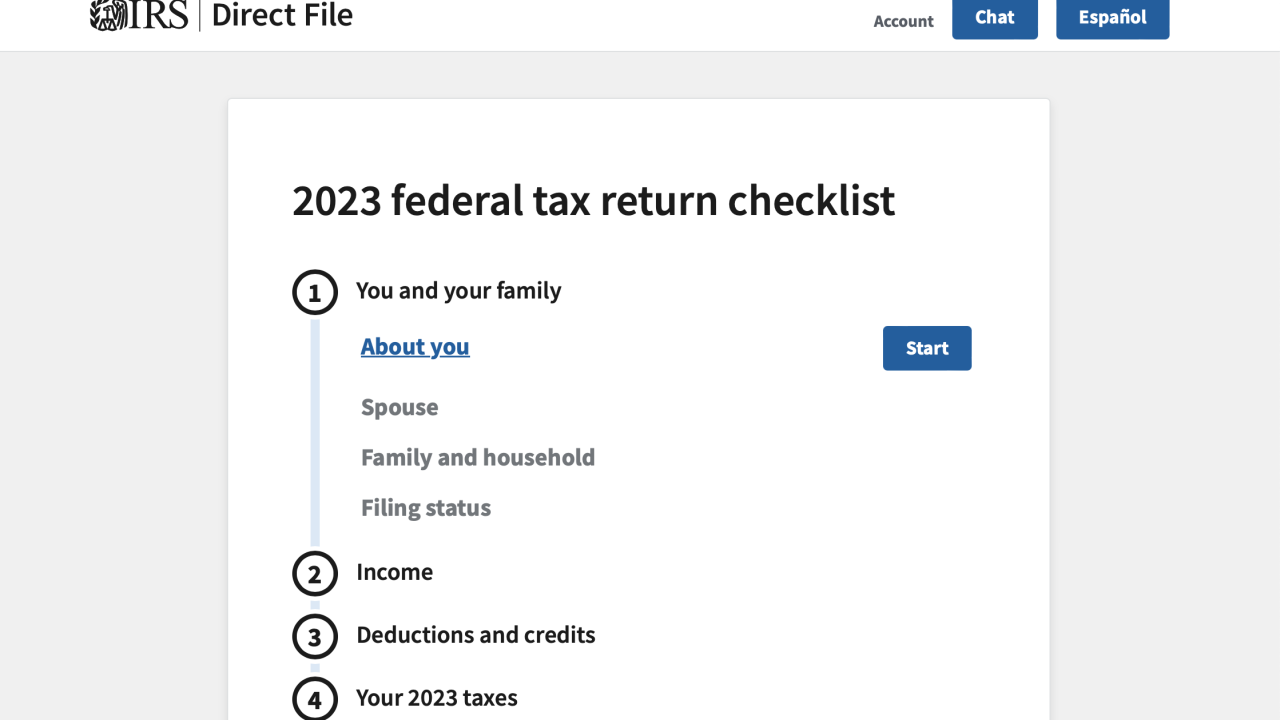It's 1st-and-10, and you're on the goal line, "set hike," the center snaps you the ball, your tight end runs a flat, you have seconds to option it to the running back or attempt the quick pass. Will you cross the goal line?
Nonprofit organizations may not be like the NFL. Still, they can borrow a page from the playbook to tackle operational and bookkeeping hurdles and score the ultimate touchdown: accomplishing their mission.
Because nonprofit organizations are mission-driven, they don't have retained earnings or equity accounts, and all revenue goes to beneficiaries. Also, where for-profits sell goods or services to earn income, nonprofits primarily rely on donations and grants to fund operations. These different funding sources often have unique reporting requirements that require the nonprofit to demonstrate impact.
Nonprofits rely on good bookkeeping and clean reporting to demonstrate that an organization is a good steward of public funds and working to meet its mission to reach the end zone.
Prepare your best touchdown celebration as we explore some bookkeeping basics and best practices for nonprofits.
2nd and five: The basics of nonprofit bookkeeping
Call it a system, call it a foundation — with a proper understanding of the basics of nonprofit bookkeeping, any accountant can step into a nonprofit and report its numbers successfully.
Fund accounting or nonprofit accounting differs from for-profit entities as nonprofits must show how they're accomplishing their missions. Some of the common statements and forms nonprofits must report are:
- Statement of financial position. A nonprofit's balance sheet. It documents the assets, liabilities and the difference between the two over a period. This documents the organization's financial health.
- Statement of activities. An income statement. It documents the changes in an organization's net assets over a period. FASB Statement 117 requires nonprofits to report changes in net assets based on permanently restricted, temporarily restricted or unrestricted funds.
- Statement of functional expenses. An expense report by function and nature. It documents an organization's expenses and what they were used for, including salaries, rent, supplies and depreciation, among others.
- Statement of cash flows. It shows how an organization's cash and cash equivalents change during a period. This will include cash from operating, investing and financing activities.
- Form 990. One of the most important forms that a 501(c)(3) nonprofit must file. This maintains a nonprofit's tax-exempt status and includes revenue earned and expenses during a fiscal year.
These reports form the basis of the nonprofit bookkeeping playbook. They demonstrate an organization is working to meet its goals and provide financial transparency. An organization's financial team must review the GAAP or FASB reporting standards for each statement or form it fills out.
And just like an NFL team will win or lose based on their quarterback's consistency, a nonprofit's reports must be consistent so nonprofit leaders, board members and stakeholders can stay informed on a nonprofit's health. Fund accounting technology makes compiling those reports easy, while increasing efficiency and saving time from manual reporting or disjointed spreadsheets.
3rd and three: We're talking about (best) practice(s)
When it comes to bookkeeping for nonprofits, there are several things an accountant can do to take the ball and cross into the end zone.
Accountants must keep an organization informed. Just like a coach communicates a play to the quarterback before he snaps the ball, accountants must communicate the organization's fiscal position effectively to the organization's leaders.
Different departments within nonprofits tend to bookkeep differently. For instance, a development typically uses cash-basis accounting, while finance departments use accrual. When an organization isn't communicating, it can lead to discrepancies in records between departments.
To overcome these challenges, accountants need to huddle up and be the internal voice of their organization, regularly provide financial reports, and effectively communicate information about any significant prospects, grants, and the types of giving the organization uses. Fund accounting technology is created for nonprofits and makes reporting simpler. This technology prevents human errors, ensures data integrity, and makes it easier for an organization to tell its fiscal story. Keeping leadership informed and united makes accomplishing a nonprofit's mission easier.
4th and inches: The fraud fighters
It's crunch time. The goal line is inches away. Don't fumble it now. To cross the goal line, don't forget about the importance of internal controls.
In its 2020
Internal controls allow your organization to dictate who can assess financial information. These controls prevent fraud. Fund accounting technology makes it easy to implement these controls and often includes an audit trail that logs changes when they were made, who made them, and at the workstation where they were made.
Not using internal controls opens an organization to potential fraud and decreases public trust. Auditors also require internal controls, and an organization can
Another essential aspect of internal controls is ensuring that an organization has more than one person with access to financial information and that fiscal duties are spread across staff. Don't depend on one staff member to do all the financial processing, including processing gifts, cash donations and other funds. Have key financial staff and team members assigned to different steps for processing any of those funds to help reduce fraud opportunities.
Fighting fraud is a team activity and is one of the most important aspects of nonprofit operations.
Touchdown!
The coverage is better than you expected, and your running back is heading toward a wall of defenders, you hold the ball tight and dive for it. You made it! It's time to celebrate!
Following a





